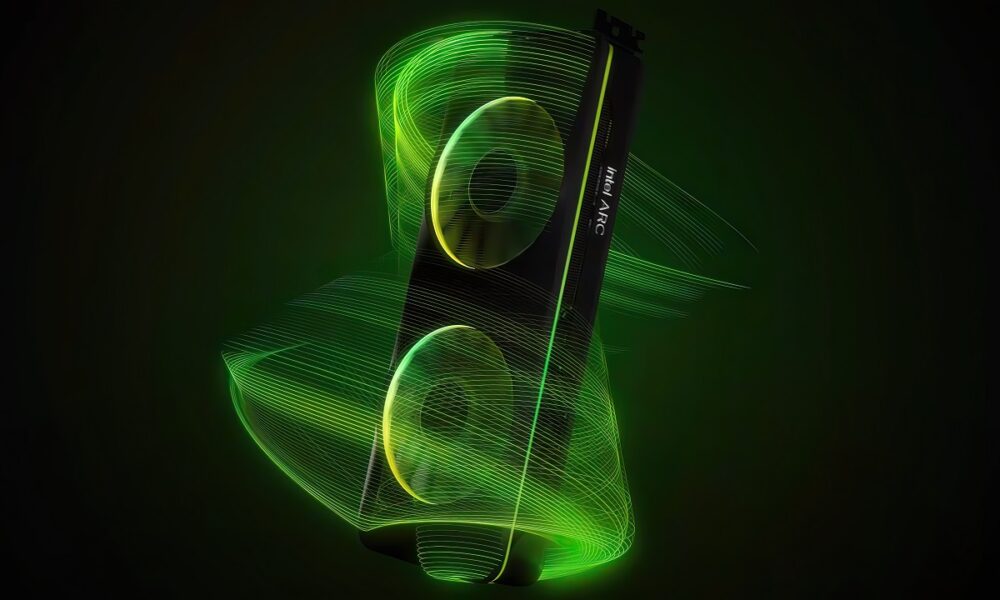The launch of the Intel Arc Alchemist has finally become a reality, and the first performance tests show data that generally meets the expectations that were generated, because in general the position of the Arc A750 and Arc 770 more or less at the level of GeForce RTX 3060-3060 Ti. Good results, but the chip giant is already thinking about the future and this one is coming through Intel Arc Battlemage.
As many of our readers are sure to know, Intel Arc Battlemage is the name by which the next generation of graphics cards from the Santa Clara company is known, and it will successor to the current Arc Alchemist. The details we have about it are still scarce, but we do know that it is an evolution that begins in terms of architecture, from the same base which we have seen in the current generation, which means that we will not see drastic changes. This is something completely normal and common in the graphics sector, where major changes at the architectural level usually happen every few years, and not from one generation to the next.
According to Raj Koduri, head of Intel’s graphics division, Intel Arc Battlemage is already in the works, and this new generation of graphics cards is “much better” than the current one, always based on the comparison of the equivalent phase in which they find each other. This means that the development of Intel Arc Battlemage it is better than Intel Arc Alchemistand means that in general this new generation of graphics cards should arrive in a much more polished and advanced state.

The executive director of Intel also commented that they give pay special attention to drivers and softwarebecause in the end, both are key to get the most out of your hardware. You already know what I’ve always told you, a good chip is worthless without the software and drivers to allow it to reach its full potential.
Koduri also emphasized this the graphics sector is very important for Inteland with all the implications it has both in the general consumer market and in the professional sector. Those rumors that assumed that Intel would cancel its adventure in this market and that it would throw away the huge investments it had made were completely wrong, there is no doubt about that.
In the end it didn’t make sense. The performance tests we saw confirmed that the first generation Intel graphics they had room for improvement, but we also didn’t see anything serious enough How to talk about cancellation. I think that eventually a snowball effect was generated from the hype and nonsense comments that led to the prediction collapsing under its own weight.
Intel entered the graphics sector in quite a dignified wayespecially considering how complicated this sector is, and we can be sure that it comes with intention to stay and compete with AMD and NVIDIA for leadership in this market.














